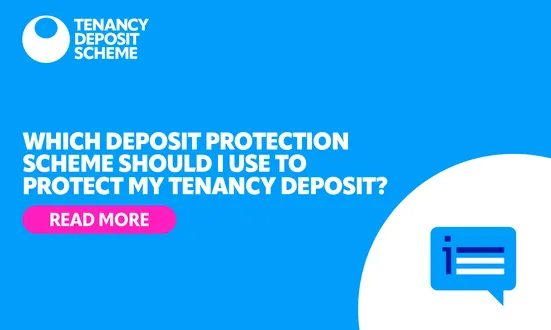This article has been written in response to a tenant query: “When I pay my tenancy deposit, who holds the money?”
In general, questions such as this can be answered using the information in your assured shorthold tenancy agreement. The tenancy agreement should contain all aspects and details relating to your tenancy and deposit protection scheme. On payment of your deposit, you should also receive the prescribed information and relevant scheme leaflet which will contain further information about your deposit and where it is held. You may find that the prescribed information is contained in your tenancy agreement, so check all your documents carefully.
Your deposit money is either held by your landlord, your letting agent or the deposit protection scheme; depending on which scheme is used. Under the TDS Insured Tenancy Deposit Scheme, your landlord or agent holds the deposit in a UK bank account of their choosing for the duration of the tenancy but pays a fee to TDS to protect the deposit. In the TDS Custodial Tenancy Deposit Scheme, the deposit is held by TDS and then released at the end of the tenancy once an agreement has been reached between the landlord and tenant.
So who gets the interest?
In order to keep the TDS Custodial scheme free for agents and landlords to use; the interest generated from holding deposits is used to fund the scheme. Whereas under TDS Insured whoever holds the deposit generally receives any interest gained from holding your deposit, this information should be clearly outlined in your tenancy agreement.
The Tenancy Deposit Scheme (TDS) is a government approved scheme for the protection of tenancy deposits; we offer both insured and custodial protection. We also provide fair adjudication for disputes that arise over the tenancy deposits that we protect.
TDS can only comment on the process for our scheme, other deposit protection schemes may have a different process/require different steps. Content is correct at the time of writing.
Other news stories


